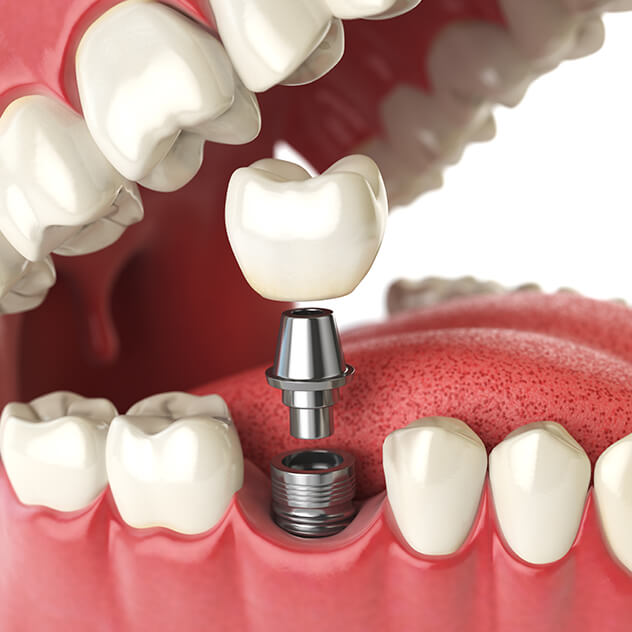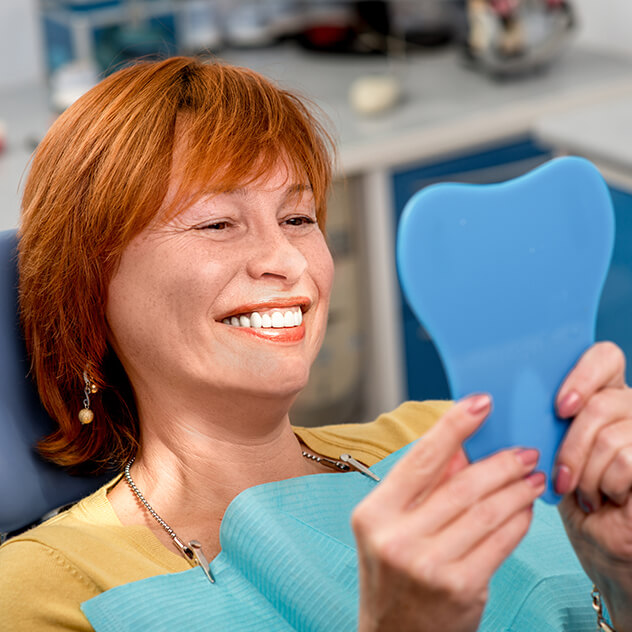Dental implants
At Royston Dental Care, we’ve successfully placed over 1000 dental implants. Each procedure is undertaken by a highly-qualified Specialist using the latest technology and equipment.
At Royston Dental Care, we’ve successfully placed over 1000 dental implants. Each procedure is undertaken by a highly-qualified Specialist using the latest technology and equipment.


A dental implant is a small titanium screw that integrates perfectly into your gum tissue, where the root of your missing tooth would normally sit. They are secure, permanent solutions to replace missing teeth - one implant may even replace multiple missing teeth.
Once surgically placed, implants are indistinguishable from natural teeth and help retain the structure of your surrounding teeth, jaw, and face. Implant dentistry offers a long-term solution to patients with multiple missing teeth.
Placed at the same time that the tooth or teeth are removed, offering a reduced treatment time and improved bone preservation.
Placed 6-8 weeks after the tooth extraction. This is our preferred option in cases where there is a lack of bone or infection.
Placed after a tooth or teeth have been removed or missing for some time. This process may require bone grafting to ensure the success of the implant.
Dental implants have a success rate of 90-95% at 15 years. Other benefits include:


The clinicians and staff at Royston Dental Care have an extensive understanding of the best way to insert dental implants for long-lasting oral health and aesthetic results.
If you need to have an extraction or already have missing teeth, dental implants may help maintain the integrity of your smile. Book a consultation for just £150 to learn more.
